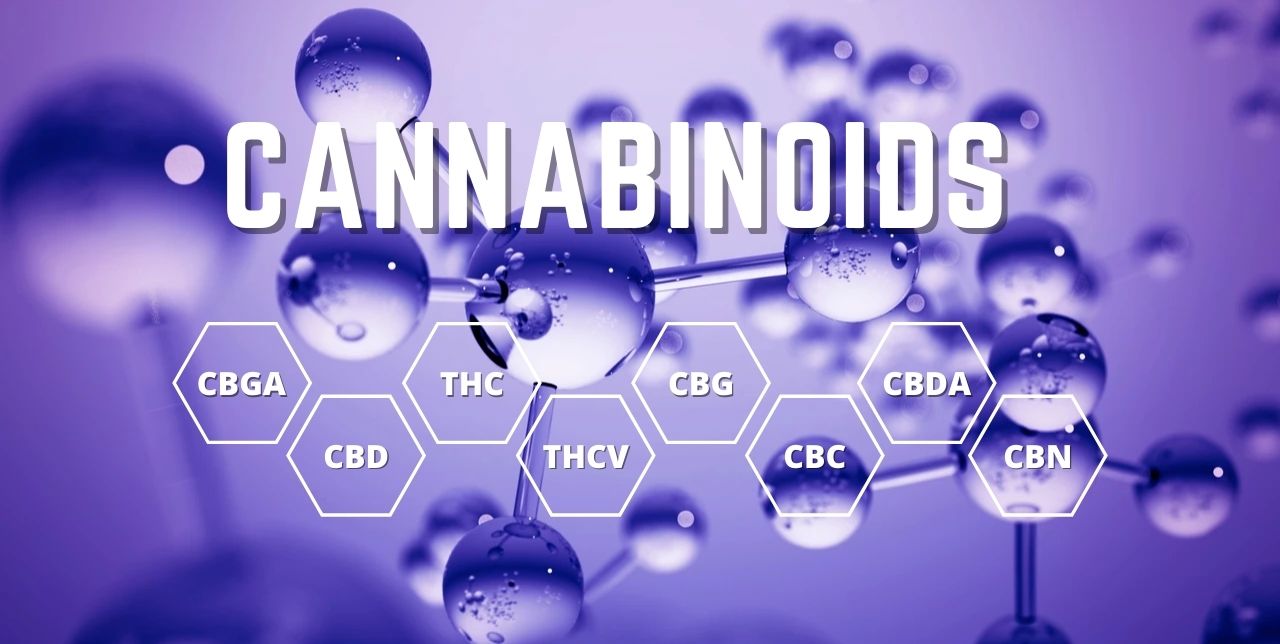Most people are only aware of the two most popular cannabinoids: CBD and THC. However, scientists have identified more than 100 different cannabinoids that are produced by Cannabis plants. There may even be more. There is no certainty about the number of cannabinoids cannabis plants produce because, many occur at such low levels that it’s hard for scientists to detect them.
Interestingly, a cannabis plant doesn’t contain any cannabinoids in its living, natural state. These compounds are created when the herbal product is dried and heated. In the heating process, the precursor acids produced by cannabis plants are decarboxylated, turning into cannabinoids like CBD or THC.
So, if you’re thinking of chewing raw cannabis leaves or flowers to experience the effects of cannabinoids, medicinal or otherwise, you’re going to be disappointed. Only when the precursor acids have been heated to the point they decarboxylate do cannabinoids like CBD and THC make their appearance.
What are cannabinoids?
Cannabinoids are chemical compounds that act on the endocannabinoid system (ECS) in our bodies. The effect of cannabinoids differ according to the receptors sites they bind to.

- CBGA – Cannabigerolic acid
CBGA is known as the “mother cannabinoid” because without it, the other cannabinoids wouldn’t exist. The cannabis plant produce CBGA which is the precursor for creating many other cannabinoids like THC, CBD, CBC, and CBG.
Through a series of chemical reactions, cannabis trichomes create olivetolic acid (OA) and geranyl diphosphate (GPP). CBGA is formed when olivetolic acid and geranyl pyrophosphate combine.
Scientists are aware that CBGA may have some therapeutic qualities, but they are not studying those currently. Instead, they are focusing their research on the compound’s role in the creation of other cannabinoids.
So far, scientists have succeeded in synthesizing CBGA from olivetolic acid and geranyl diphosphate, and were then able to produce THC.
- CBD – Cannabidiol
Cannabidiol is the second-most common cannabinoid after THC—which is the one famed for getting people “high”. Since the Farm Bill that legalized hemp-derived CBD was signed into law in December 2018, CBD products have exploded on the market. CBD oil is now being used to treat a wide range of ailments, including pain, anxiety, epilepsy, and nausea and vomiting related to cancer treatment.
Unlike THC, CBD does not interact with the CB1 and CB2 receptors in the ECS, so it doesn’t produce psychoactive effects. CBD uses other molecular pathways to produce its affects. In fact, scientists have found that it may counteract some of the psychoactive effects of THC.
- THC – Tetrahydrocannabinol
This is the most well-known cannabinoid, infamous for the psychoactive properties that led to the ban of cannabis and cannabis products since 1937.
THC is the most well-researched cannabinoid of all. Research into THC is what led to the discovery of the link between cannabinoids and the human endocannabinoid system in 1988. Raphael Mechoulam and his research group first isolated THC in 1964. The group also synthesized cannabidiol, cannabigerol and others. This work led the team to the discovery of the endocannabinoid system—a momentous discovery considering the vast therapeutic potential it encompasses.
Research by Lisa Matsuda and others eventually proved that THC works by activating specific cannabinoid receptors in the brain and central nervous system. THC binds itself to the CB1 receptors in the brain, causing the ECS to release dopamine, which triggers feelings of relaxation and euphoria.
Unfortunately, these are not the only feelings that weed use can elicit. In some people, the plant has severe negative effects, leaving them feeling out of control, suffering severe anxiety, hallucinations, and even a loss of personal identity. It was these extreme cases that led to the ban of marijuana in the first place. By law, CBD products may not contain more than 0.3 percent THC.
- THCV – Tetrahydrocannabivarin
THCV has a similar molecular structure to THC is also a psychoactive compound but not to the same extent as THC.
THCV has attracted the attention of researchers due to its many potential health benefits.
So far, research indicates this compound acts as an appetite suppressant, stimulates bone growth, can regulate blood sugar levels, and reduces panic attacks in patients with PTSD.
One of the more exciting potential uses of THCV is the treatment of type 2 diabetes. It’s a worldwide problem and a major cause of premature death. Researchers have found that THCV could act as an agent of therapeutic glycemic control in people with type 2 diabetes.
- CBG – Cannabigerol
If you are getting excited about the potential of cannabis compounds to help mankind solve many of its disease issues, you will be joining scientists in their excitement about CBG. CBG has been found to be very promising for unresolved medical conditions.
Glaucoma – CBG is effective in treating the condition because it can reduce intraocular pressure.
Huntington’s disease – a study in mice showed that CBG can prevent nerve cell degeneration in the brain.
Cancer – Researchers have found that CBG blocks cancer cell growth. In particular, scientists discovered that the compound can slow colon cancer.
MRSA – Methicillin-resistant Staphylococcus aureus (MRSA) is a serious condition that develops when bacteria have become resistant to antibiotics. It is extremely difficult to treat. Researchers have found that CBG is an effective antibacterial agent against MRSA.
Cachexia (muscle wasting disease) – In a rat study, scientists found that a certain form of CBG boosted appetite in rats. Scientists hope to leverage this ability of CBG to develop a treatment for people suffering from cachexia, a condition that afflicts patients who are in the late stages of cancer and other serious conditions.
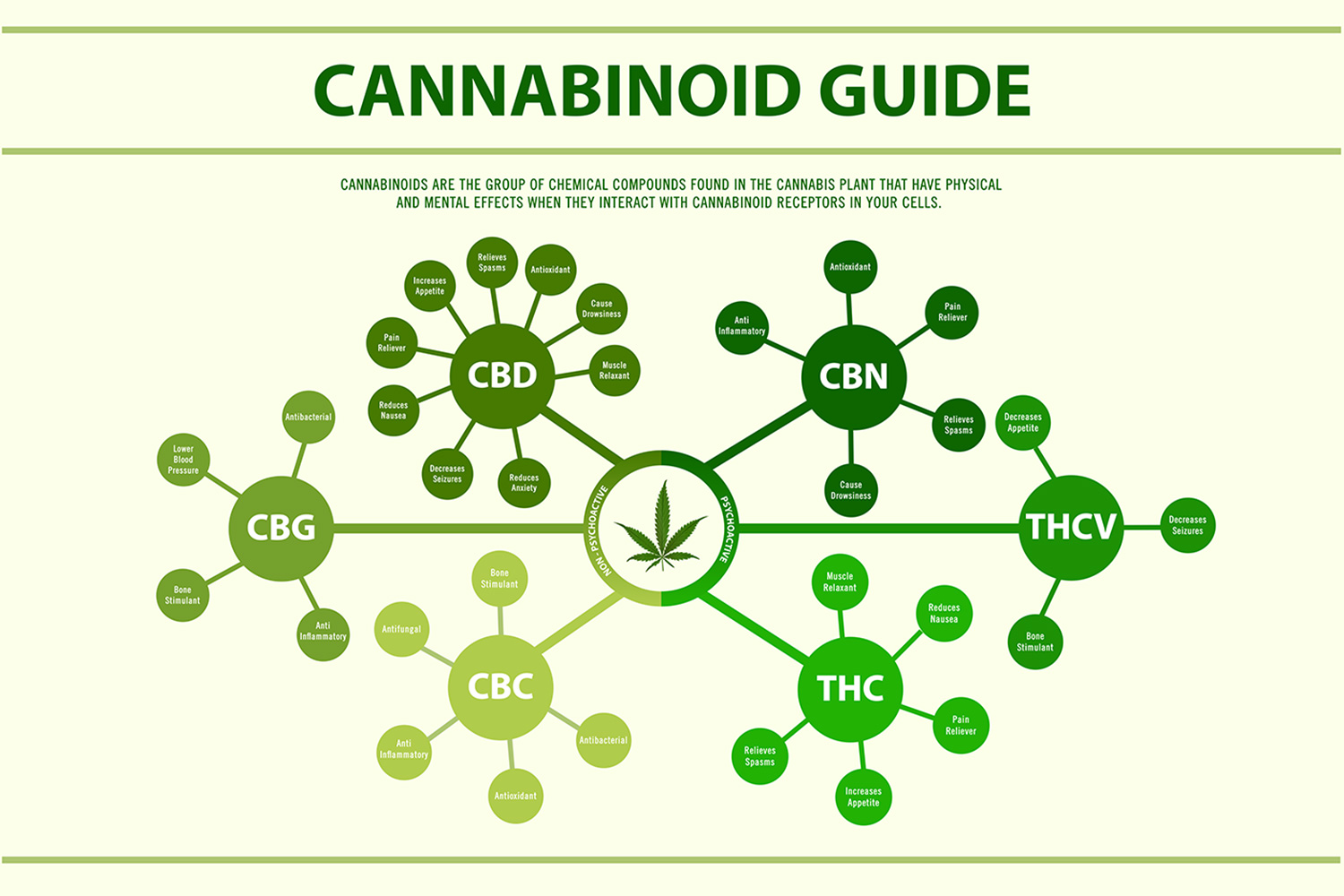
- CBC – Cannabichromene
CBC also originates from cannabigerolic acid (CBGA), the precursor to three prominent cannabinoids that have been studied quite extensively, namely CBD, THC and CBC. CBC is the third-most common cannabinoid in cannabis. Until now, we have not heard much about CBC, but it has many potential medical benefits. In fact, scientists regard it as one of the six most important cannabinoids in medical research.
CBC works better in the presence of other cannabinoids, a synergy known as the “entourage effect”. This cannabinoid has an almost unbelievable wide range of potential benefits.
Cancer – Research has found that CBC is a potent cancer fighter in its ability to inhibit the growth of new cancer cells.
Pain and inflammation – CBC has been shown to have anti-inflammatory properties.
Promotes healthy brain function – Research has shown that the presence of CBC helps to promote cells that are responsible for a range of important functions in the brain, including fighting oxidative stress and inflammation that can contribute to neurological ailments like Alzheimer’s.
Stress and depression – CBC has been shown to reduce stress and depression.
- CBDA – Cannabidiolic Acid
CBDA is the precursor to CBD. It turns into CBD when it is decarboxylated. CBDA’s greatest claim to fame is its impressive antidepressant effects. This might be due to the fact that just like CBD, CBDA doesn’t bind directly to ECS receptors. Instead, it interacts with the brain’s serotonin receptors. CBDA increases serotonin levels, which reduces anxiety and boosts feelings of general well-being.
The mind-blowing thing is that CBDA does that at extremely low doses – it is more than a thousand times more powerful than CBD in stimulating serotonin receptors.
In addition, people currently using NSAIDs for pain and inflammation, may want to investigate CBDA instead. Research has found that CBDA can block COX-2, the same enzyme that is inhibited by NSAIDs.
- CBN – Cannabinol
What makes CBN interesting is that it’s not actually present in the cannabis plant. CBN is produced when the THC in the marijuana plant breaks down as a result of the plant growing old, stale, and dry.
CBN has a mild sedative effect, and in the presence of THC, becomes an effective pain killer.
What's on the horizon?
Though scientists, pharmaceutical companies and government authorities have begun the research needed to bring some much-needed cannabis-derived medications to market, there is still much to learn. Already there are hundreds of studies being done on CBD internationally, and that doesn’t count studies on other cannabinoids. Though it may take several years or longer, the scientific community is excited by the prospects of cannabis medicine, so we’ll only see our ability to utilize cannabis medicine improve. As our understanding of each cannabinoid grows, so will people’s options for dealing with their health conditions.
In the meantime, consumers will have to do their research if they want to keep abreast of all that is happening in the fascinating world of cannabis medicine.
Medical disclaimer: This information does not constitute medical advice and it should not be relied upon as such. Consult with your doctor before modifying your regular medical regime.
CBD Oil Benefits

CBD For Sports. Is CBD Good For Athletes?
Many look at CBD’s skyrocketing popularity and think “here’s the next silly health fad.” Anyone remember The Pineapple Diet? Yet, the ranks of
read more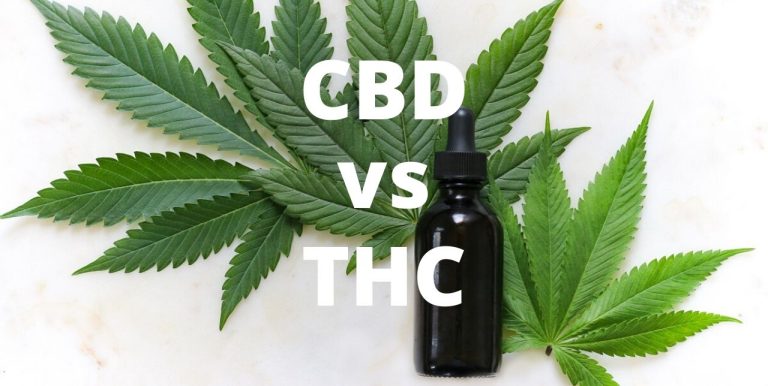
CBD vs. THC, What are the Differences, Benefits and Effects?
Since the legalization of cannabis in 2018, the question of CBD vs THC has become a hot topic. Though the science is young
read more
Easy Recipes: 3 CBD Superfood Smoothies
What’s not to love about breakfast smoothies? They’re packed with nutrients, taste great, and are less taxing on the body to digest than
read more
Zesty CBD Chocolate Peppermint Bark Recipe
Though more of a Christmas holiday treat, peppermint and chocolate are both phenomenal aphrodesiacs and can spice things up in other ways. This
read more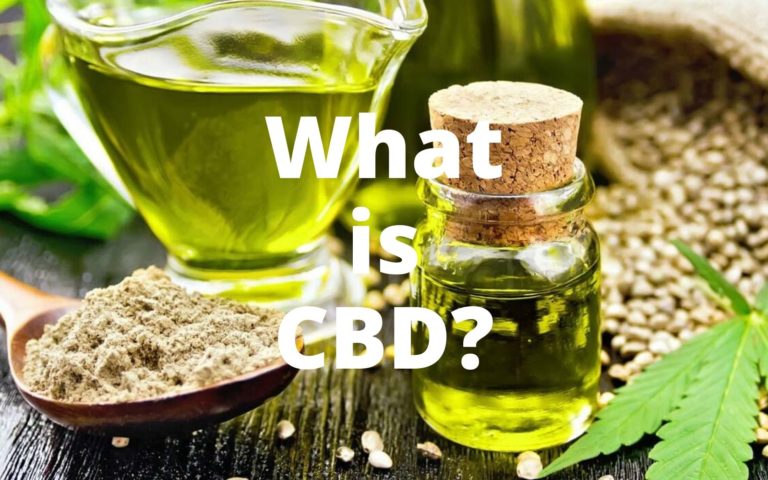
What Is CBD? The Comprehensive Guide!
What is CBD? You’ve heard about it!—People are using it to manage stress, pain, anxiety and using it to fight symptoms of arthritis,
read more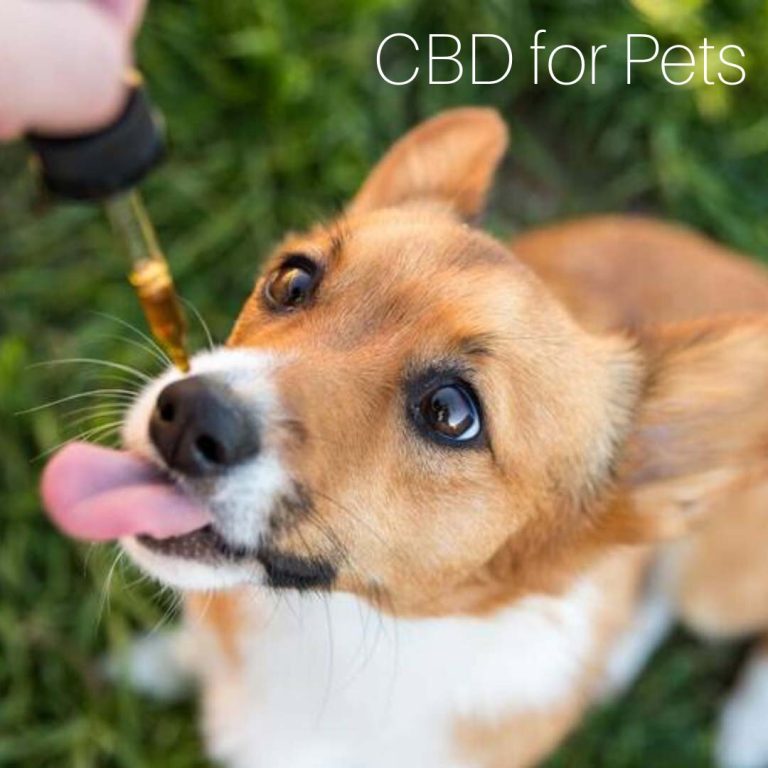
CBD for Pets: The Do’s, Don’ts, Studies and Science
CBD for pets in Canada is no longer a taboo topic. In fact, there’s been a tremendous up-swell in interest in this topic.
read more
